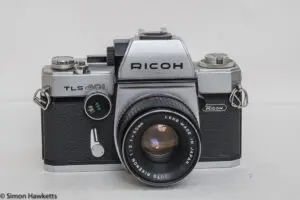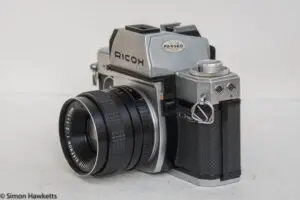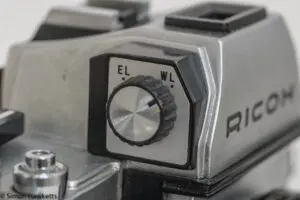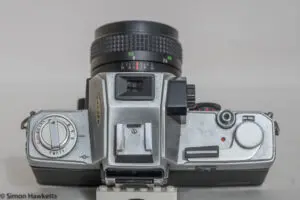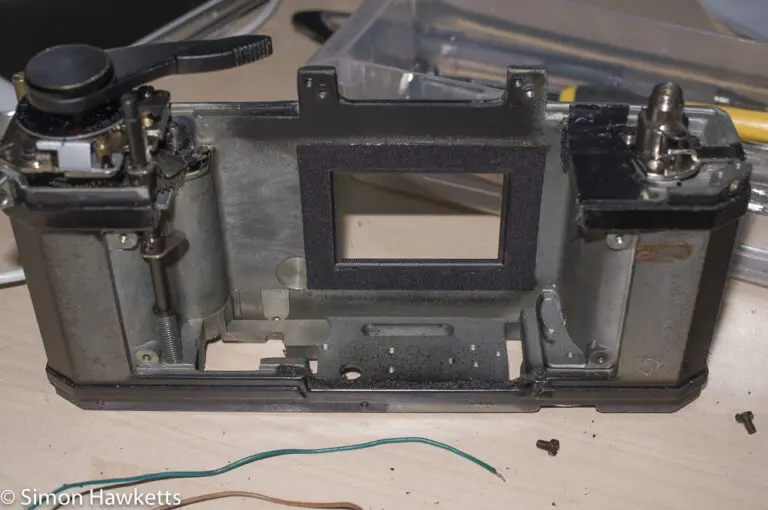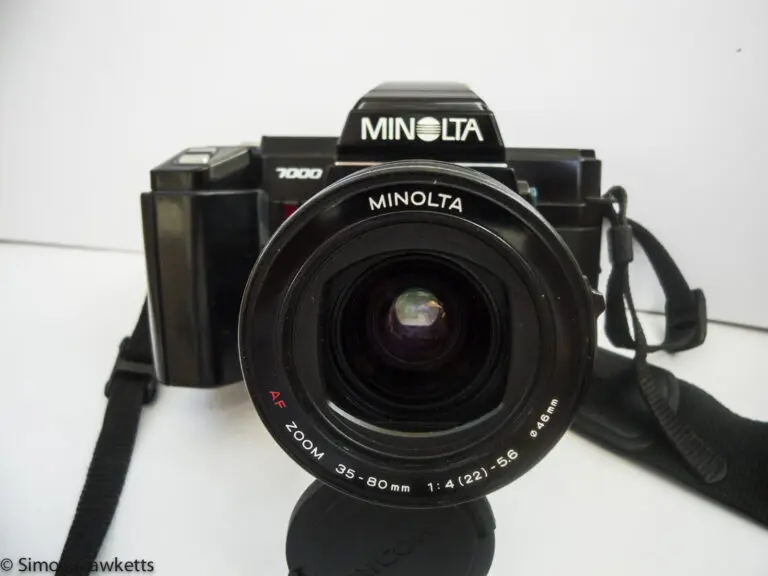Ricoh TLS 401 35mm slr
The Ricoh TLS 401 is a 35 mm SLR which Ricoh produced as an improved version of the Singlex TLS and in many ways it looks and behaves very much the same, but has some rather interesting additional features.
Ricoh TLS 401 Images
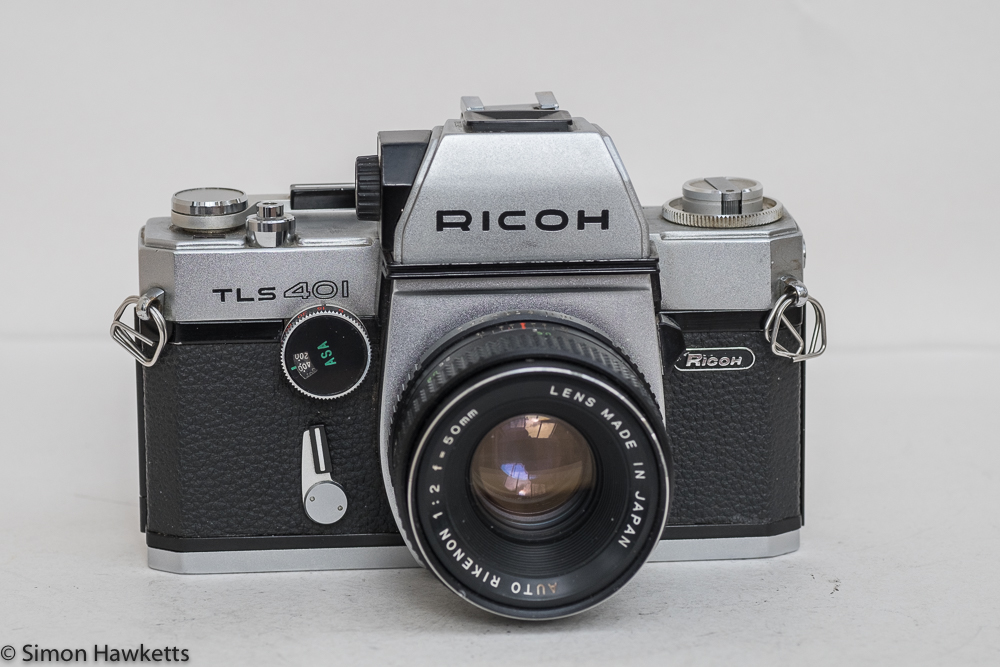
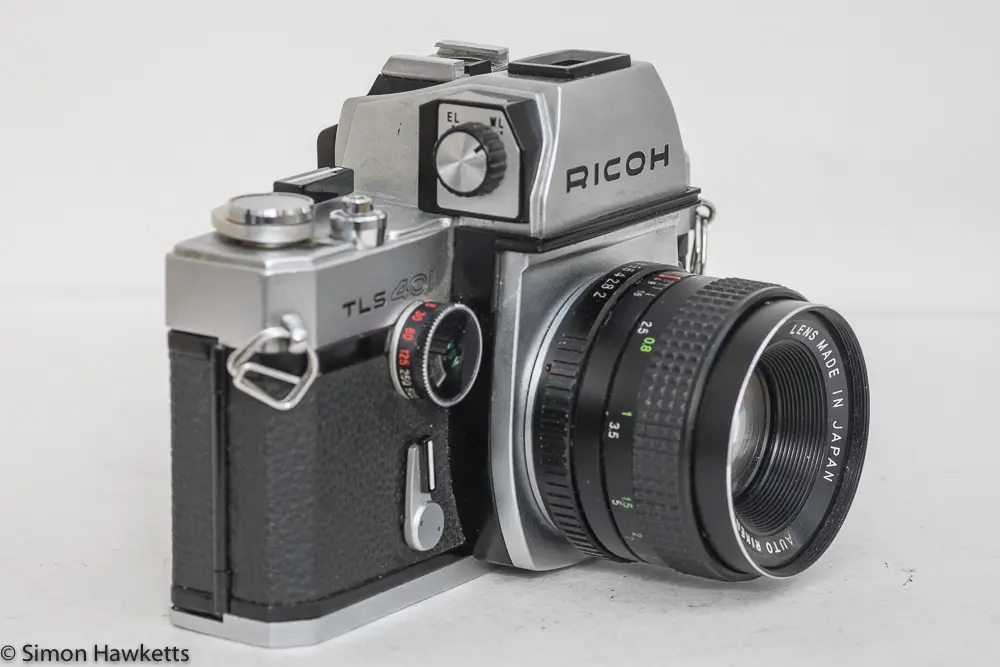
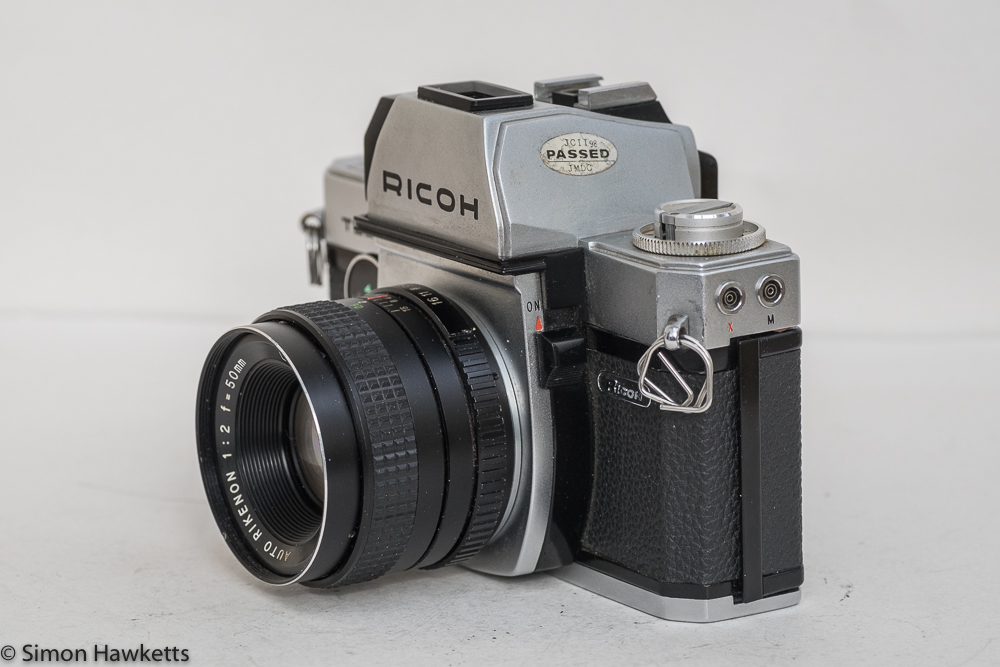
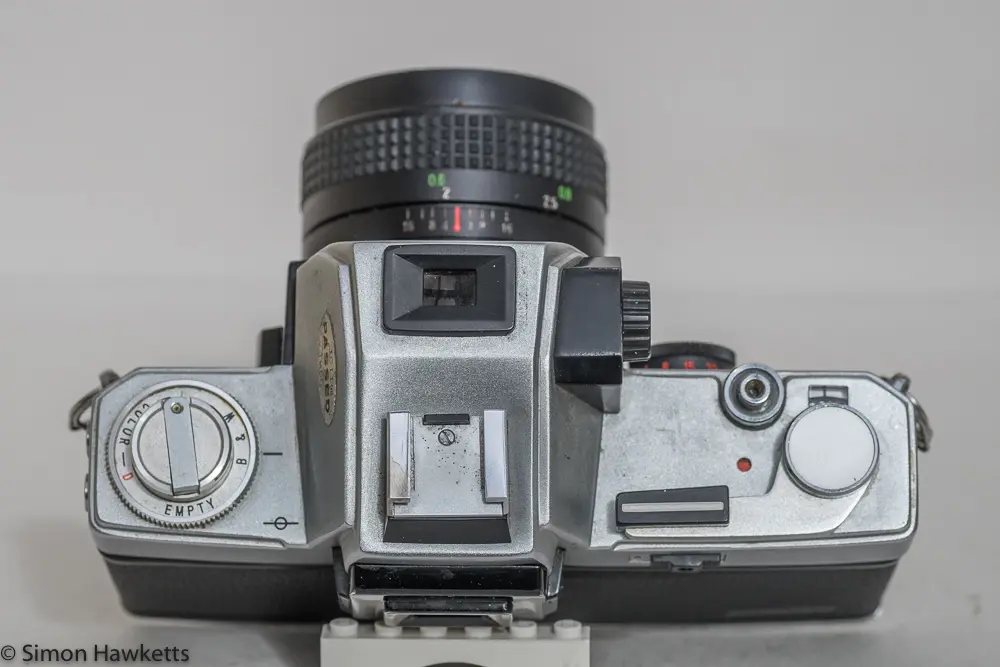
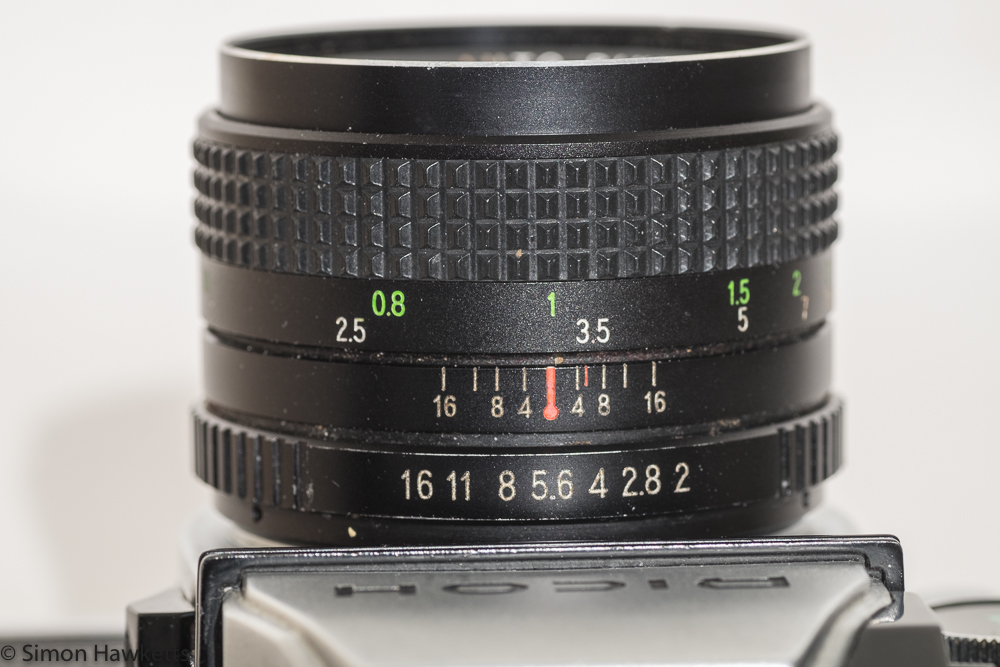
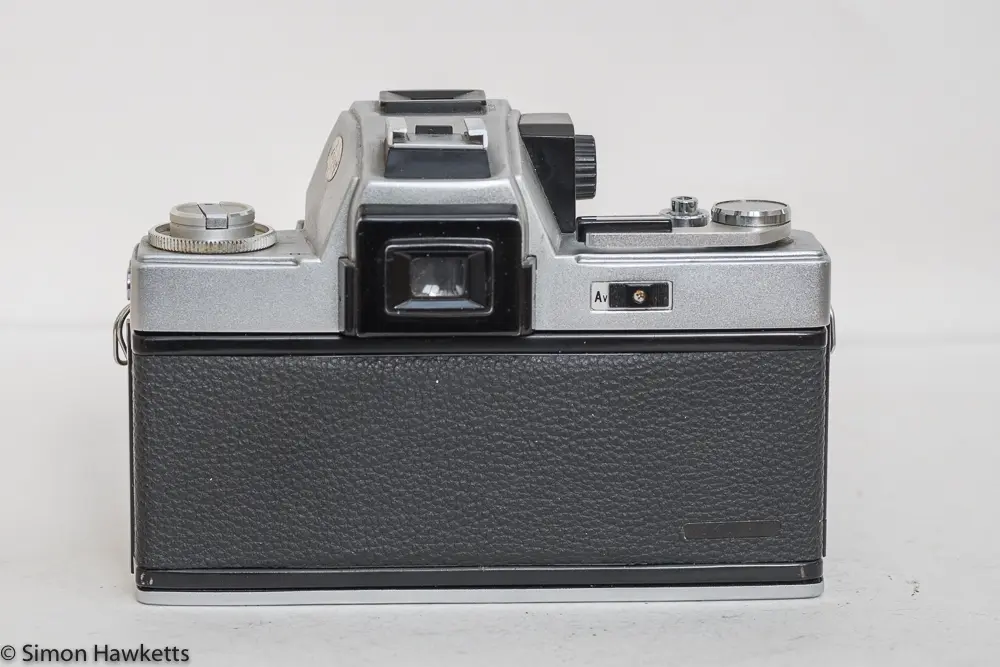

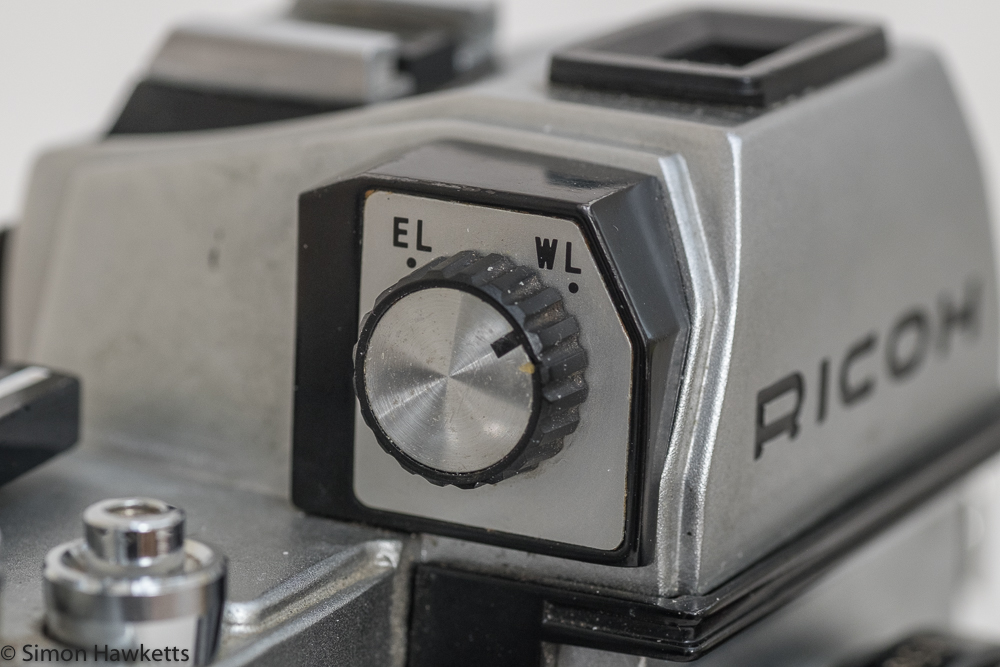
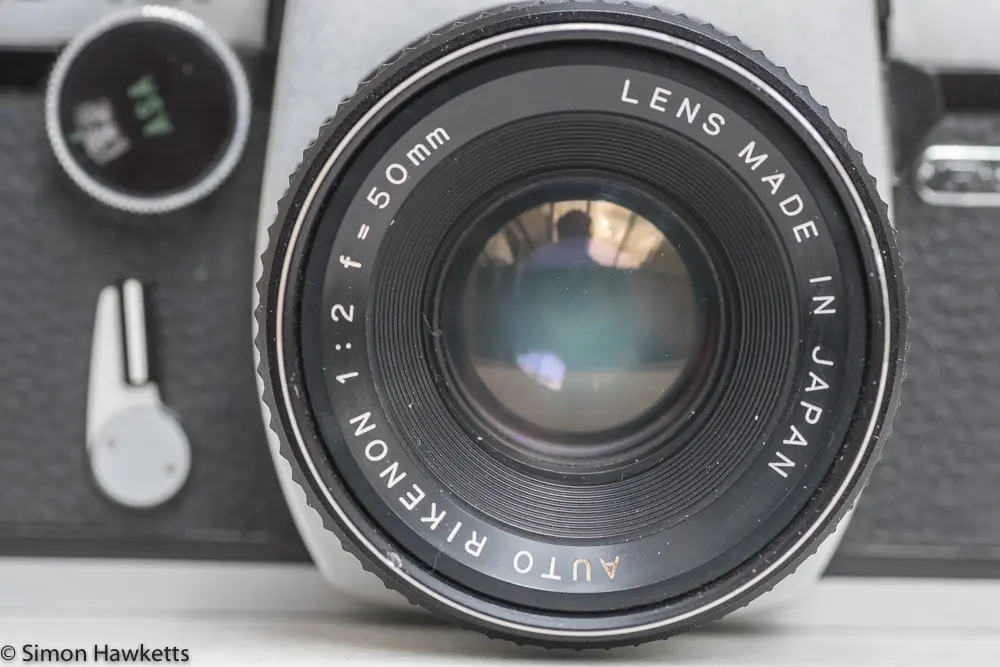
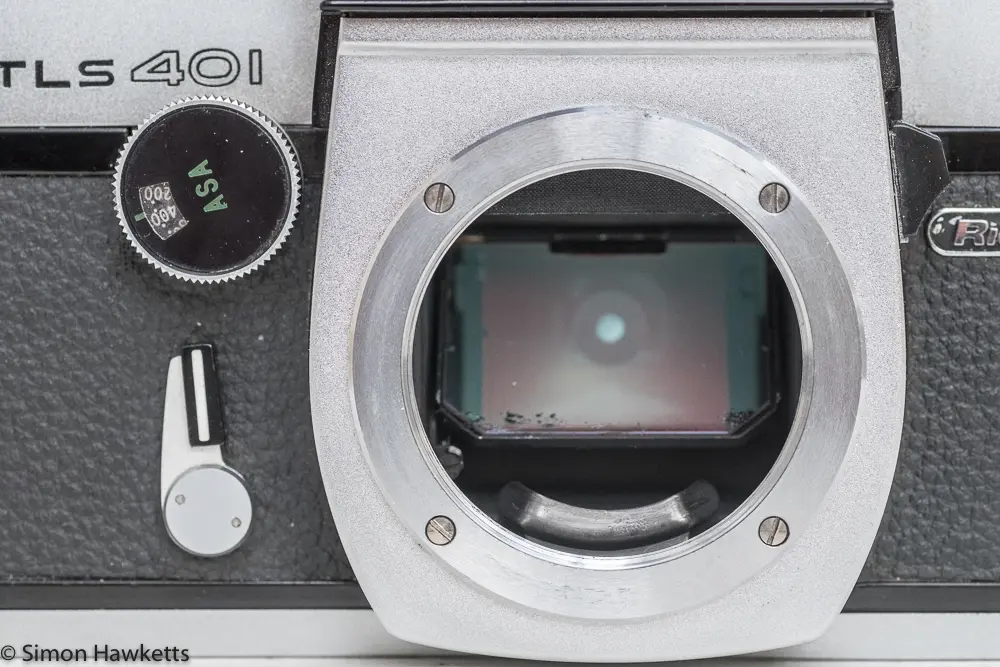
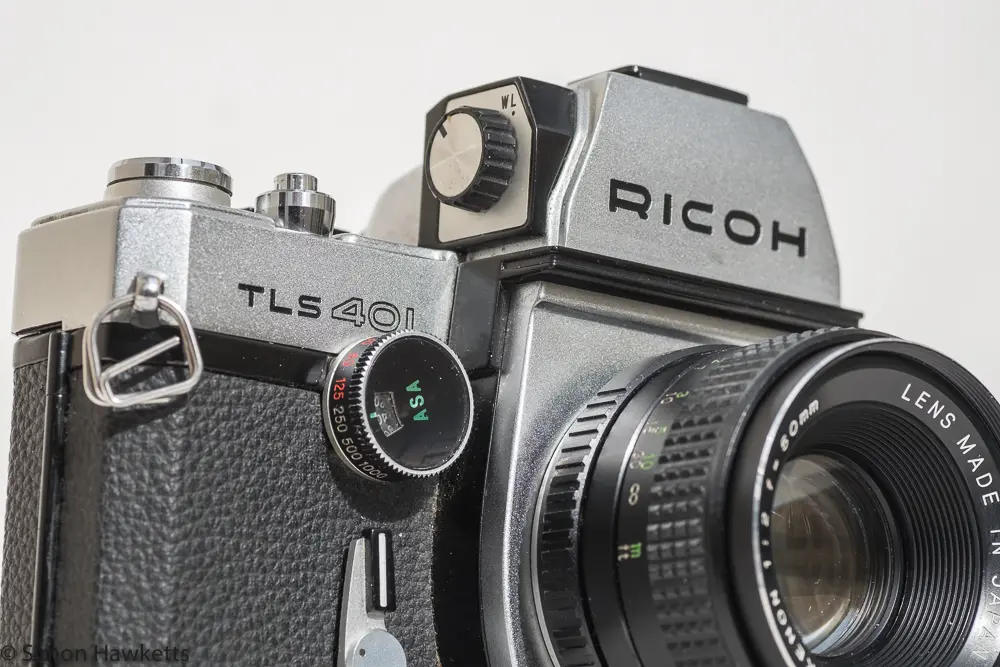
My Ricoh TLS 401 Camera
I have been looking for a 401 TLS for quite a while, but the only units I could find were very expensive ‘buy it now’ offers which were asking way more than I thought the camera was worth. Eventually, however, last week, I found an example in an action sale and bought it for around £18.
To be honest, that is still more than I wanted to pay, but I suppose you have to pay what the market decides a camera is worth.
The camera was sold as a ‘spares or repair’ unit because the seller wasn’t able to test it, but they did point out there were some markings on the top plate which would need to be removed. When I received the camera, I found it was actually in pretty good order. Most of the things which can normally be wrong with old cameras such as the slow shutter not working or the mirror sticking were fine. The only thing I could find wrong was that the lens mount was slightly loose on the body. I don’t mean the actual M42 mount, but the actual front section of the camera that the mount is screwed onto.
To fix this I just removed the 4 screws which held the M42 mount, took the mount off and then removed three small screws which holds the chrome trim in place. Once I lifted the trim off, I found 4 screws which were loose and needed to be tightened. Once that was done, and the trim and M42 mount replaced, the camera seems as good as new functionally.
Cosmetically, the seller was correct that there is a bit of marking on the top plate near the film advance lever, but it’s not too bad. There is also the number 36 faintly scratched on the top plate on the other side of the film advance – I suspect both sets of markings are a previous owner’s attempt at indicating ownership or address. I don’t know if the marks can be polished out.
The lens fitted to the camera is an M42 mount, Auto Rikenon 50 mm f/2 standard lens which also seems to be in good condition. As the name suggests, the aperture has an auto actuation pin allowing the focusing to be carried out at full aperture and an aperture range of f/2 to f/16 with depth of field markings.
Ricoh TLS 401 Description.
As I said in the opening paragraph, the TLS 401 is a model which is obviously based on the TLS Singlex produced a couple of years before this model in 1968. The camera has the same basic layout with the characteristic shutter speed dial on the front panel which also doubles as the film speed setting control and the metering switch on the lens barrel. It is also, as with the Singlex, a solid, big and heavy camera.
There are two main features which were added to the TLS 401 compared to the Singlex – the additional metering modes and the changes to the viewfinder.
The metering is enabled with a switch on the side of the lens barrel in a similar way to the Singlex, and indeed many cameras of the time. Pushing the switch up will turn on the metering circuit and also stops down the lens via the auto stop down pin on the back of the lens. So far this is the same as the Singlex, but the 401 has an additional switch on the back of the camera which allows the metering to be switched between spot metering and averaged metering. In order to see how the camera is set, the switch setting is also indicated in the viewfinder in the bottom left hand corner by way of a flag and the lettering S & A.
The average metering mode is the same as that offered in the Singlex and many other cameras of the day. Spot metering switches the exposure system to only measure the light in the central region of the viewfinder. This was used for situation where a subject may have been back lit or other situations where there was one particular part of the scene that it was important to have correctly exposed.
The exposure system changes were a welcome addition, but were becoming a standard feature on many cameras – the changes to the viewfinder are, I think, unique to the TLS 401.
The form of the viewfinder changes are that the camera has both an eye level finder and a waist level finder build into the body. Although cameras were available which had interchangeable finders – for example many of the Miranda models – I think this is the only camera which had both viewfinder types build in with a switch to select. The switch is on the right-hand side of the prism bump (looking from the back) with markings for EL and WL. Actually, that statement isn’t completely accurate because the camera doesn’t actually have a prism – in order to make the change between eye-level and waist-level the prism is replaced by mirrors and the light path changed by moving the angle of a mirror.
The fact that mirrors are used is the reason for one of the downsides of the TLS 401 – the viewfinder is quite dim. It also, oddly, has a bit of a coloured tint to it, and the magnification of the eye-level viewfinder is not as high as the waist-level finder. However, those points aside, it is a novel idea and actually quite in keeping with Ricoh’s reputation for trying new ideas.
I would say, however, that using the waist level finder is not as easy as using one of the big finders on any of my Miranda cameras, though. The Ricoh has quite a small eyepiece and in a sense it isn’t really a waist level finder at all. It is a finder which you look down into, but you couldn’t do that with the camera held at waist level because you wouldn’t see the scene you are composing, so really it’s a vertical eye-level finder. As I said above, it’s a nice idea and Ricoh were brave to try it, but I suspect it wasn’t very successful.
The viewfinder itself is also a bit hampered by not having a split rangefinder focusing aid in the centre of the screen. Because the viewfinder is quite dull, I think I would find it difficult to focus using just the ground glass and micro-prism focusing aid.
Other nice features of the camera are an indicator on the top panel which is red when the shutter is un-cocked, and changes to green when cocked. This is a straight copy from the Pentax Spotmatic, but it is a useful addition. The metering switch on the side of the lens mount is another straight copy of the Spotmatic (well the Singlex, but it took the idea from the Spotmatic) but it is a good position for it.
So that is the TLS 401 – in some ways quite different from many other cameras available at the time, but in others quite conventional. When I put a film through it, I’ll publish the results and link to this page.
Ricoh TLS 401 Specification
- Ricoh TLS 401 35 mm film slr
- TTL metering with switchable averaging and spot measurement
- Average / Spot indicator in viewfinder
- Copal Square shutter with speeds 1 sec to 1/1000 sec + bulb
- Shutter speed dial on front panel
- M42 screw thread lens mount
- Film Speed setting 10 to 800 ASA
- Shutter cocked indicator on top panel
- Match needle exposure indicator in viewfinder
- Switchable eye level / waist level viewfinder
- Single 625 mercury cell for exposure meter
- Accessory shoe
- Flash sync sockets for X & M
- Film type reminder around the rewind crank
- Auto reset frame counter
- Handbook available here.
Discover more from Everything Vintage
Subscribe to get the latest posts sent to your email.

